Antonio Lucio, Marc Pritchard, Mel Edwards and more on digital's biggest challenges
From Facebook to BuzzFeed and PepsiCo to Proctor & Gamble, we ask top digital talent and some of the world's biggest companies about the challenges facing the digital industry today – and how they would solve them.

What is the biggest challenge facing the digital industry?
Pippa Scaife, commercial director, CNN

Trust and brand loyalty. Consumer relationships have changed radically over the past few years, with a huge growth in the DTC model and, as a result, many brands feel they are starting from scratch with their customers.
At CNN, we’re continuing to offer journalism that is authentic and factual and, with new platforms like Great Big Story, we are honing in on positive, emotional storytelling as a route to helping brands create genuine and lasting connections with their consumers. We want to offer a platform where marketers can be transparent about who their companies are and how they are trying to work toward a better future.
Marc Pritchard, chief brand officer, Proctor & Gamble
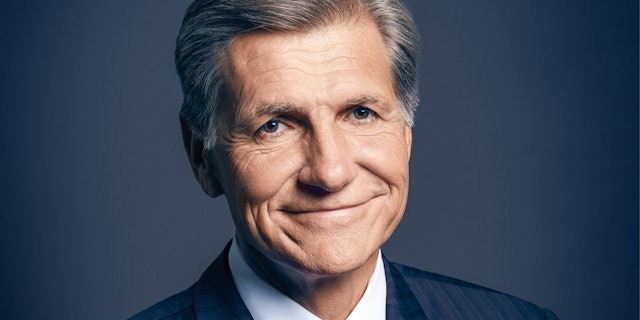
The biggest challenge in marketing today is that we could all be completely disrupted. How do we solve that? We lead disruption – constructive disruption. Constructive is a very carefully chosen word. You have to create value. Disrupting and destroying value is not good. Leading constructive disruption means you’re creating value and you’re actually creating market growth, which is the most important thing. Because when the market grows, all boats rise.
Josh Peters, director of data partnerships, BuzzFeed
Difficult to pick the biggest challenge, but the one I’ve been thinking a lot about is security and privacy and how that also plays with the death of the third-party cookie. It’s not just the types of targeting that are being massively impacted through these two major challenges, but the entire chain of custody and permission and how that plays into data quality. Third-party data has a two-fold issue and marketers who rely on it need to be aware of these potential impacts and where they should look for solutions.
Third-party cookies being blocked by browsers and platforms will diminish pools. Users opting out of data collection and usage will diminish pools. When you combine these two major factors, third-party audience pools are looking at a major hit to their scale. Many third-party providers already scale out their cookie pools using lookalike modeling, even if they don’t disclose it upfront, so they’ll be using it even more as their seed audiences dwindle in size. Some who haven’t used lookalike modeling in the past might start to. The solution I see for third-party providers is the solution I see for marketers: change sources.
Marketers should get informed about the source of the data they’re using (if it’s been properly collected, if it’s modeled out, how far from seed that model is) and start making decisions about where to look next. Publishers can be a good source of scalable audiences that are compliantly collected and they should be able to provide not just the audience a marketer is looking for, but also give advice on related audiences to increase scale. Other providers that can help are apps and platforms. In conclusion, look for really good sources of first-party data to combat the decline of third-party data.
Sean Lyons, global chief executive officer, R/GA

Agility. There are multiple ways to be a successful creative business in 2020, but key to them all is an ability to evolve really quickly with every new advance in technology and media. The way to solve it is to want to solve it – constantly challenging yourself to stay educated, to bring in the right talent and to ask what the next thing might be.
Janae Redmond, vice-president, MoPub at Twitter

In one word: transparency. Transparency builds trust. Without it, marketers can’t feel confident their ad dollars are being spent wisely. Fraud plagues the mobile advertising industry: everything from true fraud such as click injection, fake installs and bot traffic to shady practices that drive unintended clicks at the expense of the user experience. Shedding light on what’s happening is the first step. Today’s marketers are aware of the issues and are starting to demand full insight into their mobile campaigns, from supply path optimization to the methodology of traffic quality measurement and attribution providers. No one person or company can solve these challenges alone. We need to collaborate and innovate as an industry to leverage the latest anti-fraud technologies, adopt consistent best practices and provide marketers the transparency they need to trust in the power of mobile advertising to engage their key audiences.
Brian Whipple, chief executive officer, Accenture Interactive
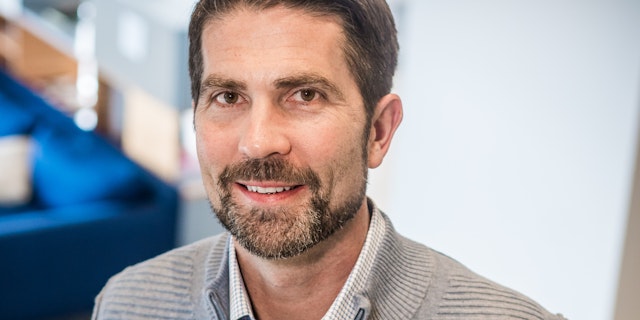
The industry has focused so much attention on technology for technology’s sake and pushing the boundaries of innovation that we’ve forgotten to consider the human experience and apply our resources to the fundamental problems still facing humanity today.
We have the capital and technology to accomplish enormous feats. More and more, we’re seeing wealth transfer to younger generations who hold companies accountable to their brand promises and the social impact they make. It’s good business to do good for the world. Yet we’re still doing so much less than we could. 20% of children worldwide lack access to vaccinations; 1.1 billion people live without provable digital identity, which leaves them with basic needs unmet – yet sophisticated supply chains can deliver a carton of potato chips to my front door in the next hour, if I want.
I don’t think a lack of technology, funding or profitability is standing in the way of purposeful innovation and creating change in these critical areas. What’s standing in the way is fear, self-preservation and uncertainty on the part of those who can truly make an impact. The way I’m addressing this is by taking personal responsibility and accountability for conveying this message and encouraging our employees to back it up with time, energy and investment. I think massive change can start in the C-suite and our employees are excited to hear it, and they are motivated by it.
Fernando Machado, global chief marketing officer, Burger King

Diversity. We live in a diverse world, but if the ones developing products and services or advertising them to the masses don’t reflect the population, there is a high risk that we will not be serving, inspiring or creating love like we could. And even worse, misrepresentation of the population could promote unconscious bias, prejudice and other serious issues.
Sujatha Kumar, senior director of marketing, Visa India
We are faced with an information overload. We need to be mindful, as we mine humongous amounts of data for our analytics and marketing platforms, that our consumer insights are connected to our changing sociocultural fabric. Perhaps it’s not a challenge per se, but an opportunity.
Alexandra Willis, head of communications, content and digital, AELTC
Probably consumer perception of ads, which is reducing scale. And equally, industry attachment to scale, rather than quality, as the only route to value in advertising. A new frame of reference or measurement is required that recognizes the value of niche, highly engaged audiences as the right route to target brand integration. But it needs the science behind it to demonstrate that value to the brand goes up not down.
Ellie Norman, director of marketing and communications, F1
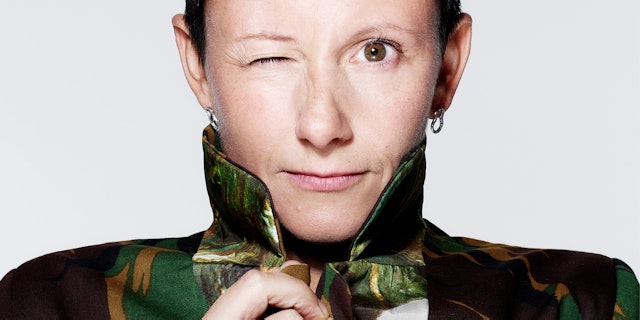
One of the challenges facing most companies today is the same challenge they faced yesterday, and no doubt will be the same challenge they face tomorrow: how do we deliver a strong, positive and enduring customer experience? It’s made even more complex because the way people experience everything is being completely transformed – too many data points to count, endless new technology, fragmented consumer attention, and choice and control firmly sitting with the consumer.
In F1 we try to solve this by being real-time relevant with our fans and future fans to gain awareness and interest, and drive action. Giving fans content in the channel, format, time and context they want it – the more we can design and deliver consistent, seamless experiences the better we’ll be addressing the challenge. Easier said than done.
Linda Yaccarino, chairman, advertising sales and client partnerships, NCBUniversal

When I look at the broader business marketplace, especially in advertising and media, there’s too much legacy thinking – it’s absolutely stifling transformation. That thinking will only calcify as chief executives and chief marketers are faced with a relentless pressure to grow or at minimum preserve stability.
We need courage and incentives for bold thinking and strategic risk-taking. Without them, we bottleneck progress and that’s no way to run a business or lead an industry into the future. Incremental doesn’t cut it any more. You can’t go an inch; you must go the mile.
We need courageous leaders who are willing to run, headfirst, through constraints. We need leaders who provide safety nets for teams to take the big swings and sometimes even fail. We need people who are willing to stand up and say: “I want to think about things differently; I want to build trusted brands and push back against the way things have always been done.”
It’s not easy, but it’s certainly not impossible either. Relying on what “worked yesterday” is simply a waste of time.
In my mind, the secret ingredient is partnership (as clichéd as that may sound.) Transformation cannot happen alone. You need the best minds working together, to challenge conventional wisdom and forge a new path forward even when we are on different sides of the negotiating table.
For our part, at NBCUniversal, partnership is in our DNA and trusted service to the consumer is our priority. Anyone who wants to work together to change media and advertising for the better, our office door is always open.
Aaron Cho, head of digital, IPG Mediabrands Hong Kong
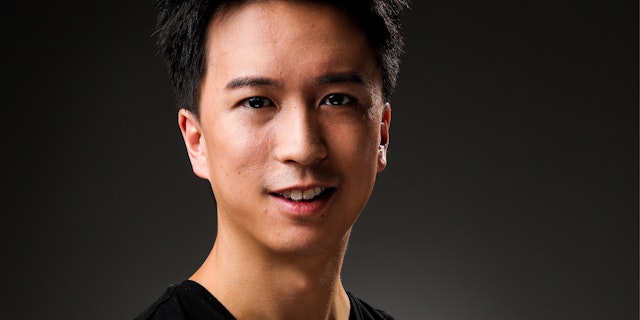
I think the biggest challenge, especially in the APAC region, is a huge imbalance among client-agency relationships. It’s probably safe to say that most clients are demanding and provide short turnaround times for their briefs, while agency planners don’t necessarily exert enough thinking and effort to their tasks, resulting in mediocre work. That’s only the tip of the iceberg, but I think they’re the first steps to many problems in the industry. Without taking sides, I truly believe it takes both brands and agencies working together as true partners – and I often preach for greater transparency, to be more forthcoming with information and processes, for greater clarity in briefs and reporting, and to exercise more strategic sense – in order to slowly overcome the industry hurdles.
Nikki Mendonça, global president, Accenture Interactive Operations
The biggest challenge facing the industry is the ability for an organization to show real customer-led growth.
Today, there’s a huge opportunity to impact the full customer journey and deliver tangible marketing-led growth by taking on a bigger remit – across CX design, marketing, sales, commerce and service. While this is a huge ‘touchpoint’ playground to influence, stepping up to tackle this new challenge requires courage, cross-functional allies and a collaborative operating model to make it work. Too many chief marketers stick to their vertical remit without challenging the status quo to drive more horizontal impact across the enterprise.
As part of delivering a connected customer experience, an increasingly important area is allowing your purpose or ‘raison d’être’ to shine through in new, innovative and authentic ways. The activation landscape is now vast enough to credibly own a tangibly differentiated space – and that’s currently under-leveraged. When brands speak, act and champion true purpose with conviction; when social good becomes an intrinsic part of a brand’s authentic identity; it is only then that long-term impact can reach new heights – for all stakeholders internally and externally (as opposed to just shareholders).
We know that transforming legacy ways of working takes a lot of time, energy and commitment. It is often exhausting to challenge the status quo, but that is exactly why I was attracted to this role at Accenture. They gave me the opportunity to rewrite the marketing activation rulebook and create a new model for a new generation of marketers. One that is data-driven, content-powered, tech-enabled and platform-agnostic. We are challenging all the old rules. I think my team across the world are very motivated by the change they are creating, the endorsement they are getting from flagship clients and the momentum this is galvanizing in the market.
Antonio Lucio, global chief marketing officer, Facebook
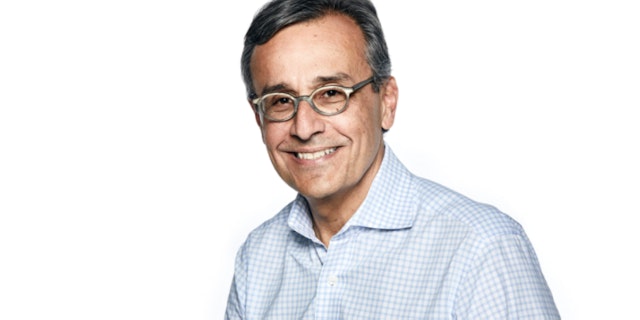
We continue to face headwinds that reduce the importance of the marketing function as a key business growth driver. To address this, I believe marketers today should be focused on driving real impact and bottom-line growth by balancing the art of long-term, sustainable brand building and the science of performance marketing. Through brand building, we can show what it takes to earn a consumer’s trust and loyalty and earn a permanent seat at the table.
Mel Edwards, global chief executive officer, Wunderman Thompson

The rate and scale of change in the industry is greater than at any time in living memory. Disruptive tech companies continue to impact consumer expectations, and business environments are constantly changing. Mega deals are trending. Agencies are going after data. Consultancies are swooping up creative shops. In all this disruption and constant change, our job is to help our clients navigate it, make it simple and find the best opportunities for them to grow. I’d solve it through honesty and transparency. Doing the right thing by our clients rather than us.
Mike Scafidi, head of martech, adtech and consumer data, PepsiCo
Transparency and trust of data is the core issue that will lead to ensuring brands are having the right conversation and fostering the most productive relationship between brands and consumers. It is critical for corporations to get closer to the data and technology that is used to ensure they know the quality of the data and where it is coming from. Scaled blockchain-like solutions for both targeting and verification will be critical to build this trust and transparency.
Chris Curtin, chief brand and innovation marketing officer, Visa
Marketing has become saturated with advertising even as marketers underestimate creative that inspires audiences and transforms the way they think of the world. That’s why at Visa, we try things no other company can replicate. We ensure that spirit comes through in every expression – whether via our marketing, our products or our global scale.
Raja Rajamannar, chief marketing and communications, Mastercard
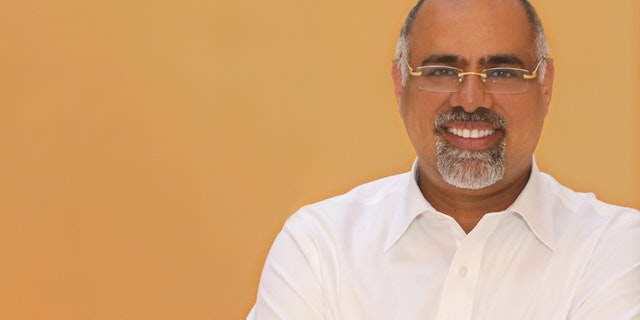
Talent. It’s our most precious resource and we need to do more to ensure that the next generation of marketers has the skillset to compete in the digital age. The field used to be one largely based on creativity, but now it requires an understanding of data, technology and business, which many CMOs and marketers don’t have. There is such a significant component of technology within marketing; without understanding how to leverage it you will not be able to do your job.
The accountability of marketing to drive business results is currently unprecedented. The people who do have the necessary experience to connect the dots between disciplines aren’t looking into marketing. They’re in Silicon Valley or starting their own companies – the need for new, fresh talent is a major challenge facing the industry.
My call to action to marketing leaders over the past couple of years has been to find opportunities to partner with universities and marketing professors to update the syllabus. We must re-energize our craft and inspire the next generation to enter our beloved field. This is why I regularly teach at universities including Harvard Business School, Yale School of Management, Indian Institute of Management and Singapore Management University. And I’m proud to have partnered with the ANA and their Educational Foundation to recruit interns to Mastercard, allowing them the opportunity to work on campaigns and with teams that expose them to a variety of challenges and teachable moments. Some of these interns have gone on to join Mastercard’s marketing and communications team full-time.
If we were to think more tactically, every marketer needs to have an approach on how to deal with consumers’ efforts to avoid traditional advertising, whether it’s through streaming platforms, ad blockers or simply how they mentally block the 5,000 messages they get bombarded with every day.

